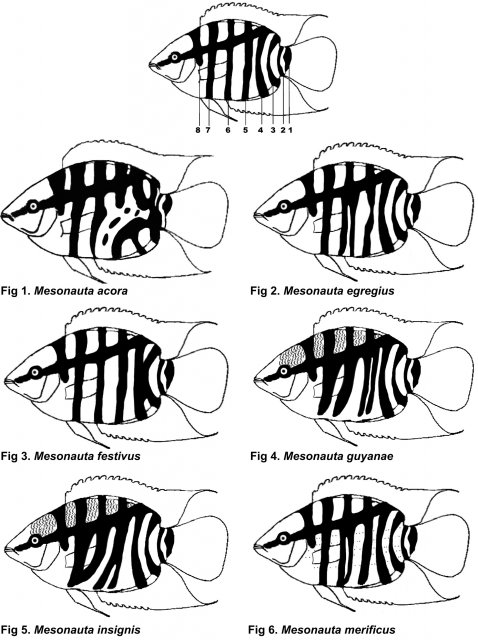I picked up a group of 10 Mesonauta at the end of last year which came in labelled as “Wild Caught Mesonauta Festivus, Columbia” from the research I’ve done I have found true M. Festivus does not occur in Columbia.
I know they are notoriously hard to ID and the stress/ spawning baring is what helps to identify them.
I have included some photos and a short video of them from the end of January this year.
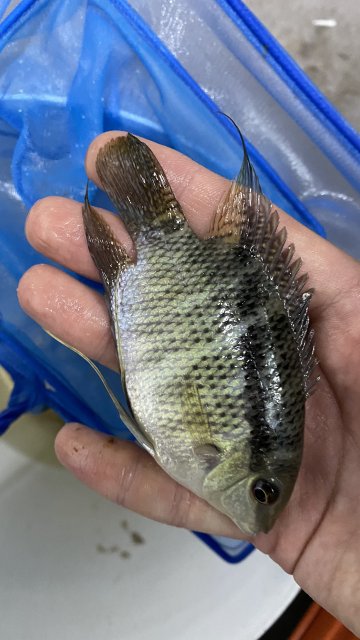
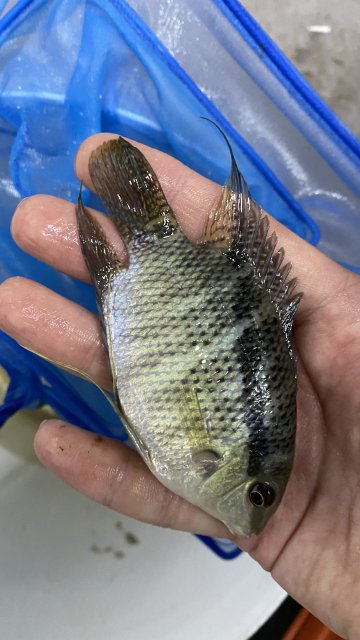
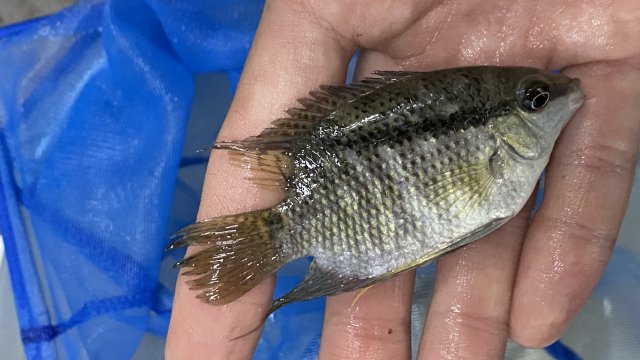
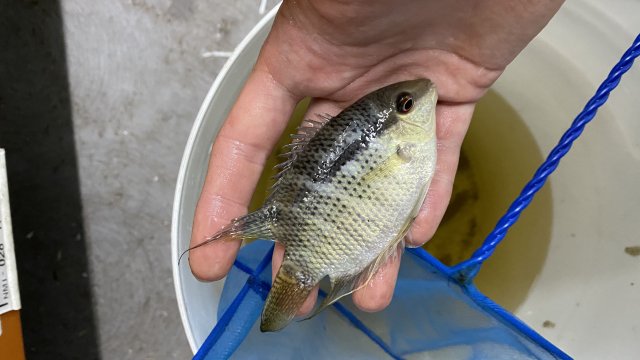
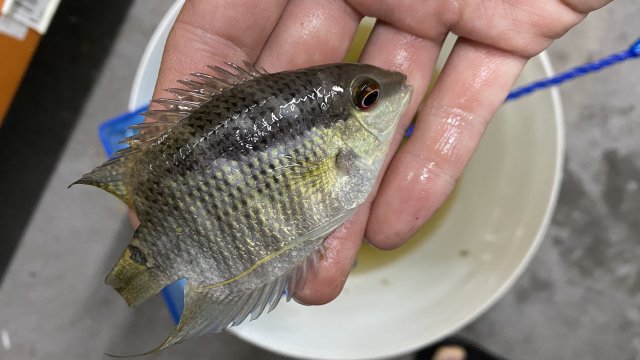
https://youtube.com/shorts/OJbpFFE_g2A
I know they are notoriously hard to ID and the stress/ spawning baring is what helps to identify them.
I have included some photos and a short video of them from the end of January this year.





https://youtube.com/shorts/OJbpFFE_g2A






